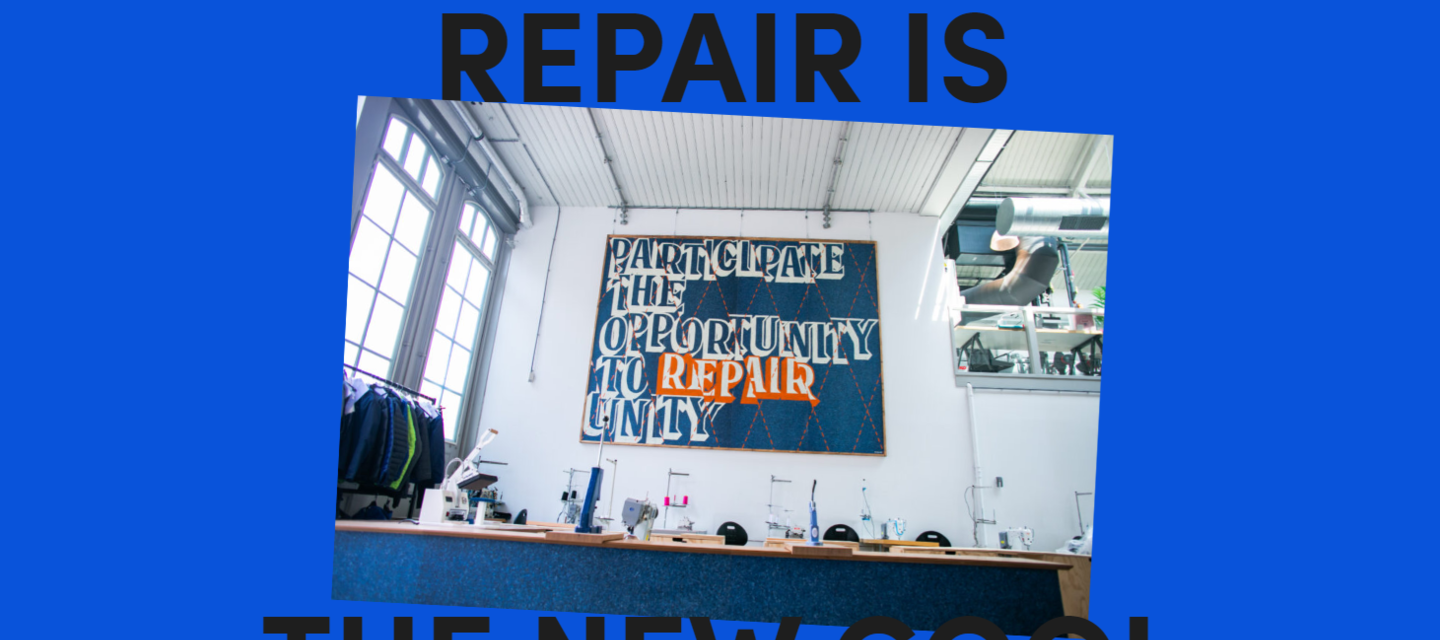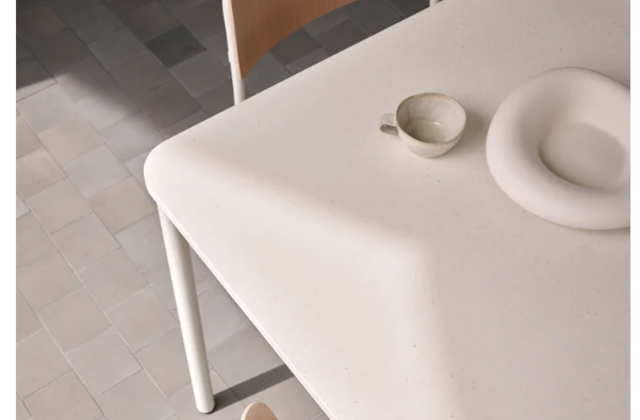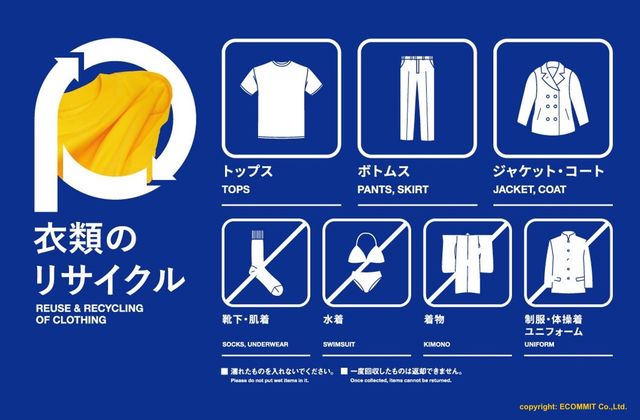Fashion, clothing and textiles
What is it? The United Repair Centre (URC) works with affiliated companies that want to offer clothing repair to their customers. Businesses that join the United Repair Centre can promote repair and reuse in their business model, offering their customers repair services by mailing damaged items to the URC. While promoting circularity, the United Repair Centre is also built on social sustainability goals, providing training and employment to job seekers such as newcomers to the Netherlands or young adults (United Repair Centre, 2022a).
Why is this important? Clothing purchases and waste have dramatically increased in the past decades, with estimations that the number of wears of a garment has decreased by 36% in 15 years (Ellen MacArthur, 2017). In the Netherlands specifically, where the URC is based, an average wardrobe holds approximately 173 items, of which 50 have not been worn in the previous year (Maldini et al., 2017). Similarly, Dutch consumers continuously update and change their wardrobe, with an average 46 items bought every year. This is combined with almost as many (40 items) being disposed of every year, of which the majority (24 items) is disposed with non-textile materials and incinerated (Maldini et al., 2017). Increasing the lifespan of clothing through repair can reduce the items’ impact on greenhouse gas emissions, water use and waste generation (WRAP, 2017).
Main resource strategy: Slowing the loop through extending lifespans of clothing with repair activities.
Other resource strategies: Closing the loop by finding recycling options for clothing that can no longer be repaired.
Business model aspects:
- Value Proposition: The United Repair Centre offers a service for affiliated businesses to enable clothing repair or recycling of garments. Customers of affiliated brands can send in their items for repair (or recycling if not reparable) (United Repair Centre, 2022a). At the same time as supporting longer lifetimes, the URC trains and employs people at a distance to the labour market, for instance young adults or newcomers with a refugee background (United Repair Centre, 2022a).
- Value Creation & Delivery: Customers of affiliated businesses can fill in a form, print a shipping label and send their product to the URC for repair. The item is then repaired at the URC and shipped back to the consumer to be worn again (United Repair Centre, 2022b). If not reparable, the garment will be recycled appropriately (United Repair Centre, 2022a).
- Value Capture: The project is supported by a consortium of Dutch investors with a focus on impact investment (Amsterdam Economic Board, 2022a). Affiliate business partner Patagonia offers free repairs to customers for most items. In order to pay for the repair, the cost can be included in the product price at purchase (Amsterdam Economic Board, 2022b). The United Repair Centre aims to undertake repairs for a multitude of companies and is advertising its services to further fashion businesses (Amsterdam Economic Board, 2022b).
Strategies for degrowth/ sufficiency (based on sufficiency strategies from Niessen & Bocken, 2021): The United Repair Centre wants to provide “an alternative to buying new by offering clothing repairs services”. (United Repair Centre, 2022c). By ‘making repair the new cool’, they hope to reduce textile waste and extend product lives to reduce purchases of new clothing.
- Awareness-raising: As part of the affiliation with the United Repair Centre, companies are asked to actively communicate the option of repair as well as promote the “repair service and reuse of pre-loved clothing items” (United Repair Centre, 2022b), raising awareness of sustainable consumption options.
- Life extension service: Through a postal system set up with affiliated companies, customers can send their clothing in for repair and have it fixed by the United Repair Centre.
- Support for repair: While still under development, the United Repair Centre website advertises corporate and individual workshops for clothing repair (United Repair Centre, 2022d).
Business model experimentation practices: The United Repair Centre was launched in July 2022 by a cross-industry collaboration including creative agency Makers Unite, Patagonia and other organizations (Amsterdam Economic Board, 2022b). While Makers Unite has worked with businesses in upcycling fabric and other creative projects, the Repair Centre is a novel project. At launch, two fashion brands had committed to being business affiliates: Patagonia and Scotch & Soda (Amsterdam Economic Board, 2022a). The project is supported by Dutch investors and the Amsterdam Economic Board that connected the involved parties (Amsterdam Economic Board, 2022a).
Sustainability outcomes: The United Repair Centre was launched in July 2022, so impact numbers are still missing. Targets have been set for the next five years and include 300,000 repairs per year by 2027, 1,000,000 kg of textiles saved from waste, 300 students per year through the Repair Academy educational program and €4,500,000 in regional economic impact through employment opportunities (United Repair Centre, 2022a).
Sources:
United Repair Centre (2022a). Home. Accessed 16 August 2022 at: https://unitedrepaircentre.com/
***
About project Circular X
Project Circular X is about ‘Experimentation with Circular Service Business Models’. It is an ambitious research project funded by the European Research Council (ERC) which supports top researchers from anywhere in the world. Project CIRCULAR X runs from 2020-2025. The project is led by Principal Investigator (PI) Prof Dr Nancy Bocken, who is joined by a multidisciplinary team of researchers at Maastricht Sustainability Institute (MSI), Maastricht School of Business and Economics, Maastricht University. The project cooperates with businesses who want to innovate towards the circular economy.
Project Circular X addresses a new and urgent issue: experimentation with circular service business models (CSBMs). Examples of such new business models include companies shifting from selling products to selling services and introducing lifelong warrantees to extend product lifetimes. However, CSBMs are far from mainstream and research focused on experimentation is little understood. The research aims to conduct interdisciplinary research with 4 objectives:
- Advancing understanding of CSBMs; their emergence and impacts
- Advancing knowledge on CSBM experimentation
- Developing CSBM experimentation tools
- Designing and deploying CSBM experimentation labs
Funding source
This project has received funding from the European Research Council (ERC) under the European Union’s Horizon 2020 research and innovation programme, grant agreement No. 850159.
Using this information
When you cite this publication, please use the following source:
Circular X. (2022) Case study: United Repair Centre - Making repair the new cool. Accessed from www.circularx.eu



